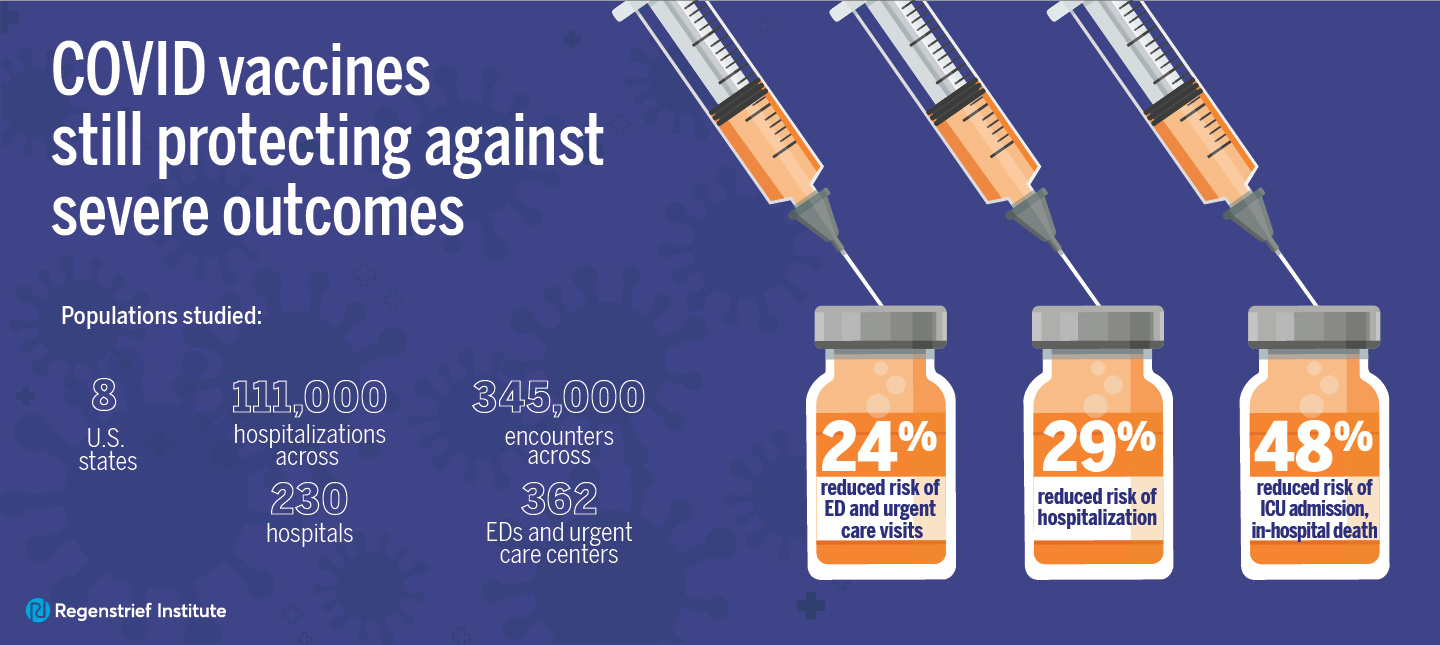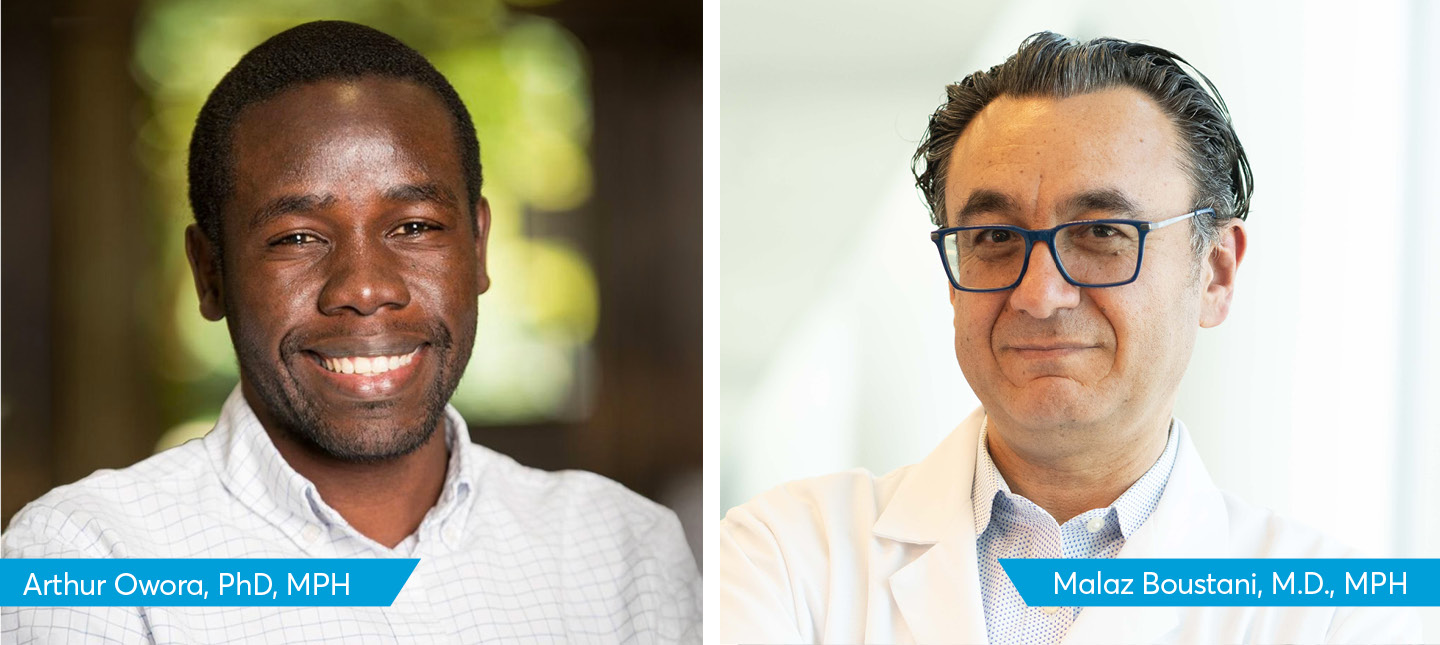INDIANAPOLIS – Sleep, pain, anxiety, depression, and low energy/fatigue (known collectively as SPADE for short) symptoms are extremely common, but often unrecognized and undertreated by primary care physicians. A new Regenstrief Institute study has found that patients want to tell their doctors about their symptoms and would be willing to do so via a formal reporting system, but patients are reluctant to report symptoms if they perceive busy clinicians will not use that information to improve care.
“Patients see both personal and clinical benefits in routinely completing questionnaires about symptoms they are experiencing,” said Regenstrief Institute Research Manager Tasneem (Nina) Talib, Ph.D., lead author of the study. “While they understand that their doctors see a lot of patients, they don’t want to feel like a number. They want their doctors to actually review and use the information they are providing.”
“A Qualitative Study of Patients’ Perceptions of the Utility of Patient-reported Outcome Measures of Symptoms in Primary Care Clinics” is published in the December issue of the peer reviewed journal Quality of Life Research.
“Patient reported symptoms are not routinely put into a patient’s electronic medical record, and most EMR systems are not designed to include symptoms,” said Regenstrief Institute investigator Kurt Kroenke, M.D., senior author of the study. “The healthcare system spends a lot of money on lab and imaging test results, which we put into the patient’s EMR; shouldn’t we be valuing patient-reported symptoms enough to put them into that same record? Pain and other symptoms have scales assigned to them similar to measurements obtained from blood pressure cuffs which alert us to an increase or decrease.
“We — health care systems and the doctors who work in these systems — haven’t figured out how to deal efficiently with symptoms. Some doctors want to know about symptoms but others don’t see how they can work discussion and follow-up on symptoms into an already busy primary care visit,” he said.
Dr. Kroenke is an internationally respected expert in symptoms. Over the past three decades, his research has focused on the management of pain and other symptoms by primary care physicians, initially examining unexplained medical symptoms. This focus has expanded to include underlying mental disorders, including depression and anxiety, that affect patient experience with symptoms. Faced with the difficulty of diagnosing these problems in primary care, he co-developed easy, valid and reliable measurement tools for depression and anxiety. These instruments, which have been translated into more than 100 languages, are used today in daily practice in most internists’ offices and are the annual screening tool implemented by major healthcare institutions throughout the U.S. and Europe.
In the new study, 23 male and female patients (age 24 to 77 years) with one or more SPADE symptoms were interviewed about the use, implementation and visual display of formal, computerized patient reporting of symptoms.
Among the interview responses:
“I think they [formal surveys in which patients note their symptoms] are beneficial if they’re being utilized. Every doctor should do this as a force of habit with every single patient on every single visit. But, if it’s just a person checking some boxes and throwing it in my medical folder, and it’s not being looked at or reviewed…sometimes I feel like a number, not an actual patient.”
“I wouldn’t necessarily recognize that I’m anxious, unless somebody asked me: Are you nervous? If I stop and think about it, well maybe I am. But if I don’t, you know…most people are too busy to recognize what they’re feeling. By looking at that [symptoms questionnaire] it does help me to stop and think. And if I did have that, then maybe I better mention this.”
“Barriers exist and doctors shouldn’t be blamed for not focusing on pain, depression and anxiety. They need efficient clinical strategies to deal with symptoms and reimbursement to pay for these strategies,” said Dr. Kroenke, whose recent work focuses on what these optimal strategies might be and how they would function. “Extra time during the patient visit, getting nurses and other non-physicians involved, telecare, online and other self-management tools have the potential to help physicians help their patients deal with symptoms.”
Authors of the study, in addition to Tasneem Talib, Ph.D. of the Regenstrief Institute and Kurt Kroenke, M.D., of the Regenstrief Institute and Chancellor’s Professor and Professor of Medicine at Indiana University School of Medicine are Regenstrief Institute Research Coordinator Paige DeChant, B.A; Jacob Kean, Ph.D.; Patrick O. Monahan, Ph.D.; Regenstrief Institute Investigator David A. Haggstrom, M.D. and Madison E. Stout, B.S.
The work was funded by the Patient-Centered Outcomes Research Institute.









